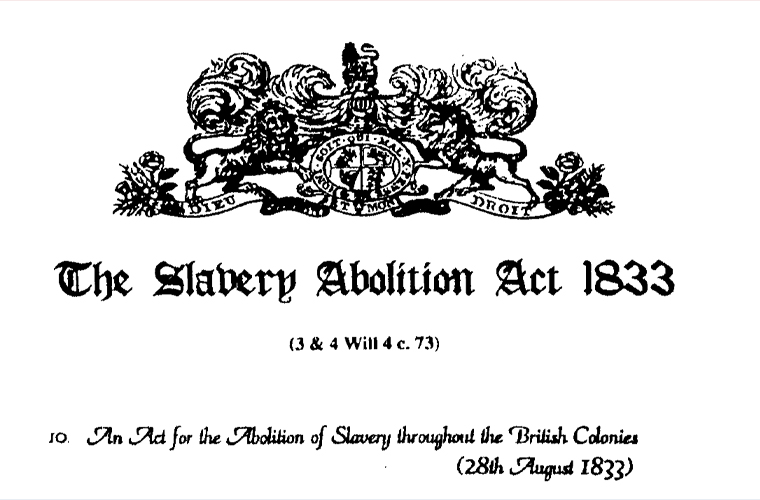The Slavery Abolition Act of 1833 was a landmark piece of legislation passed by the Parliament of the United Kingdom on August 28, 1833. It was a crucial step towards the abolition of slavery in most British colonies, marking a significant victory for the abolitionist movement.
The Act aimed to bring an end to slavery and the transatlantic slave trade in the British Empire. It did so by providing for the emancipation of enslaved individuals and the eventual abolition of slavery. However, the Act did not lead to immediate freedom for all enslaved people; it implemented a gradual process for abolition.
Here are the key provisions of the Slavery Abolition Act of 1833:
Gradual Emancipation: The Act provided for the gradual emancipation of enslaved individuals. In most British colonies, it mandated that all enslaved people would be considered “apprentices” to their former masters for a period of time. This apprenticeship was set to last for six years for those enslaved people who worked on plantations and four years for those in non-agricultural industries.
Compensation to Slave Owners: To compensate slave owners for the loss of their “property” (enslaved individuals), the British government allocated a significant sum of money, equivalent to around £20 million at that time. This was a considerable amount of money, and it was financed by the British taxpayers. Each slave owner was compensated based on the number of enslaved individuals they owned.
Full Abolition of Apprenticeship: The apprenticeship system, which was meant to act as a transitional period, was met with numerous criticisms for its continuation of forced labor and harsh treatment. As a result, it was ultimately abolished two years ahead of schedule. Enslaved individuals in the British colonies gained full emancipation on August 1, 1838.
The Slavery Abolition Act of 1833 was a significant step towards the eradication of slavery in the British Empire. However, it’s essential to acknowledge that the impact of slavery extended beyond the legal abolition. The legacy of slavery and its effects on societies and descendants of enslaved individuals persists to this day. The struggle for social justice, equality, and recognition of historical injustices continues as part of ongoing efforts to address the complex aftermath of slavery.

